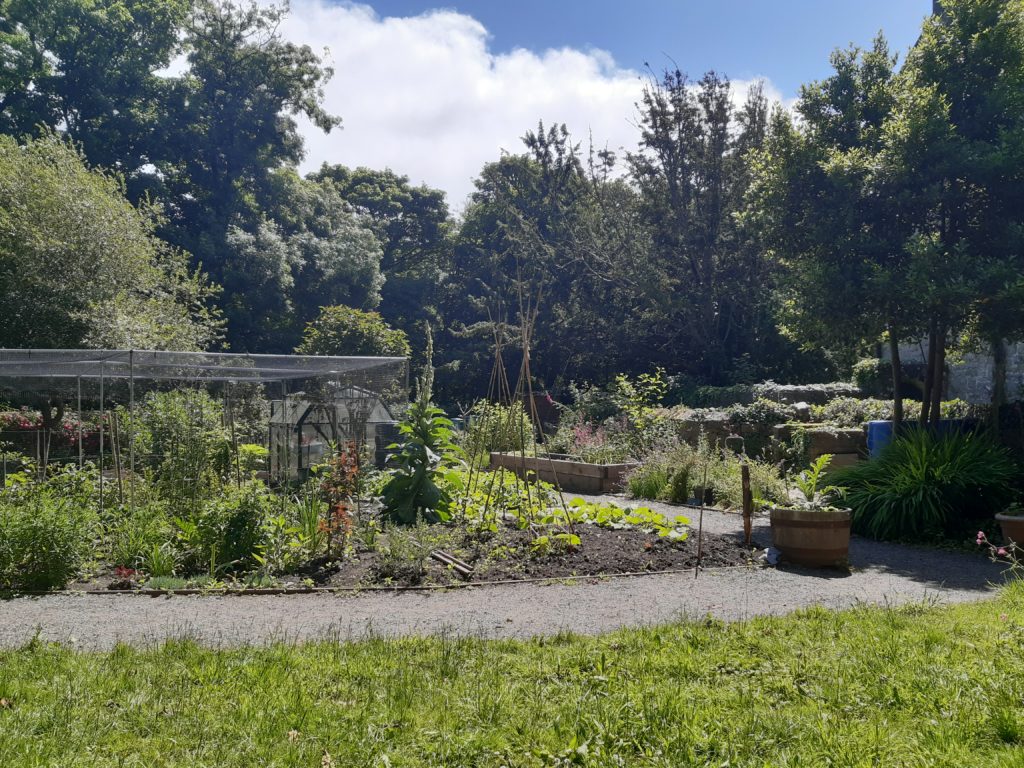Can you feel the drop in temperature? Have you noticed the leaves on the trees are starting to change colour? Have you reached for a warmer tog rated duvet?
Autumn is almost here, and it won’t be long before we pack away our sandals and reach for our shoes and boots and warm socks. Summer may have taken its toll on your feet, leaving the heels dry and maybe cracked, toe nails may have signs of fungal nail infection and ingrowing toe nails, corns or calluses which, due to wearing looser footwear have not been a problem but could potentially cause you grief and pain going into enclosed shoes or boots.
Now is a great time to take a long hard look at your feet and get them ready and problem free for Autumn and Winter in the month coming up.
These tips will help maintain your foot health and keep you pain free:
- Summer may have taken its toll on your feet with heel cracks and dry calluses from wearing backless sandal. Use a foot file or pumice stone to gently rub away the dry, hard skin and apply a moisturising cream formulated for feet. One that contains 10% urea is best to rehydrate the skin on your feet, but you must use it daily to notice a difference.
- If you suffer from cold feet or chilblains in the winter, start using a warming foot balm now which will help improve the circulation. The rubbing, massage action will have a positive effect on the circulation, leaving your feet feeling warmed and energised.
- Wearing wool socks will also help, make sure they are loose topped so as not to restrict circulation. You could wear heat reflecting insoles to conserve heat, these are readily available at most good chemists.
- Avoid extremes of temperature such as using hot water bottles or sitting too close to the fire or radiator when you have cold feet. The sudden change in temperature can cause problems to the small capillaries which could lead to chilblains.
- Exercise can help improve circulation. Take regular walks if you are able. Even if you are chair bound, you can still do some mobility exercises. Move your ankles up and down and in circular movements. You could write your name with your toes in the air, which all helps the circulation.
- Let’s turn our attention now to the health of your toenails. In many cases, toenails have been covered in nail polish over the summer preventing air getting to the nails. The chemicals in the nail polish can erode the surface of the toenail making it susceptible to fungal infections which can go unnoticed. Give your nails a break from nail polish for a while. Use nail conditioning oil to help nourish the nail and allow them to recover. Fungal nail infections will need treatment, so now is a good time to start what could be a lengthy process to get rid of any infection. See your podiatrist for further information and treatment.
- Very often, the transition from sandals to enclosed shoes or boots can cause existing corns or calluses to become painful. They may cause problems with walking or doing the activities you enjoy. If left untreated the problem could get worse or even progress to an ulcer causing more pain and a risk of becoming infected. It is recommended that you visit a Podiatrist to have ingrowing toenails, corns and calluses treated before problems start. You will also receive preventative advise tailored to your own foot health needs.
- Be choosy about your footwear – ditch the flat, unsupportive styles and wear more supportive footwear which are long, wide and deep enough to allow the toes to move freely. Tight shoes can restrict the blood flow which in the cold weather can cause problems, particularly if you have diabetes, peripheral vascular disease or neuropathy (reduced feeling). Toes need wriggle room so ensure the toe box at the front of the shoe is deep enough. It is better to wear shoes or boots which have a small heel (no more than 4cm) with laces or adjustable straps to hold your feet firmly inside.
- It is important to look after your feet even if don’t have a particular problem. Book in a general foot health check with your Podiatrist (similar to your routine dental check up for your teeth at the dentist). At Reid Podiatry, you will have a thorough examination whereby the circulation in your feet is assessed with a doppler, the sensation is assessed with a neurotip and monofilament, the skin condition is assessed for moles, lumps and bumps, and problems such as ingrowing toenails, corns and calluses treated.
- Specialist services such as gait analysis and biomechanic assessments are also offered if you have a concern about foot, ankle of heel pain.
Keep your feet happy and enjoy the new season ahead.
Marie-Noelle Reid


0 Comments